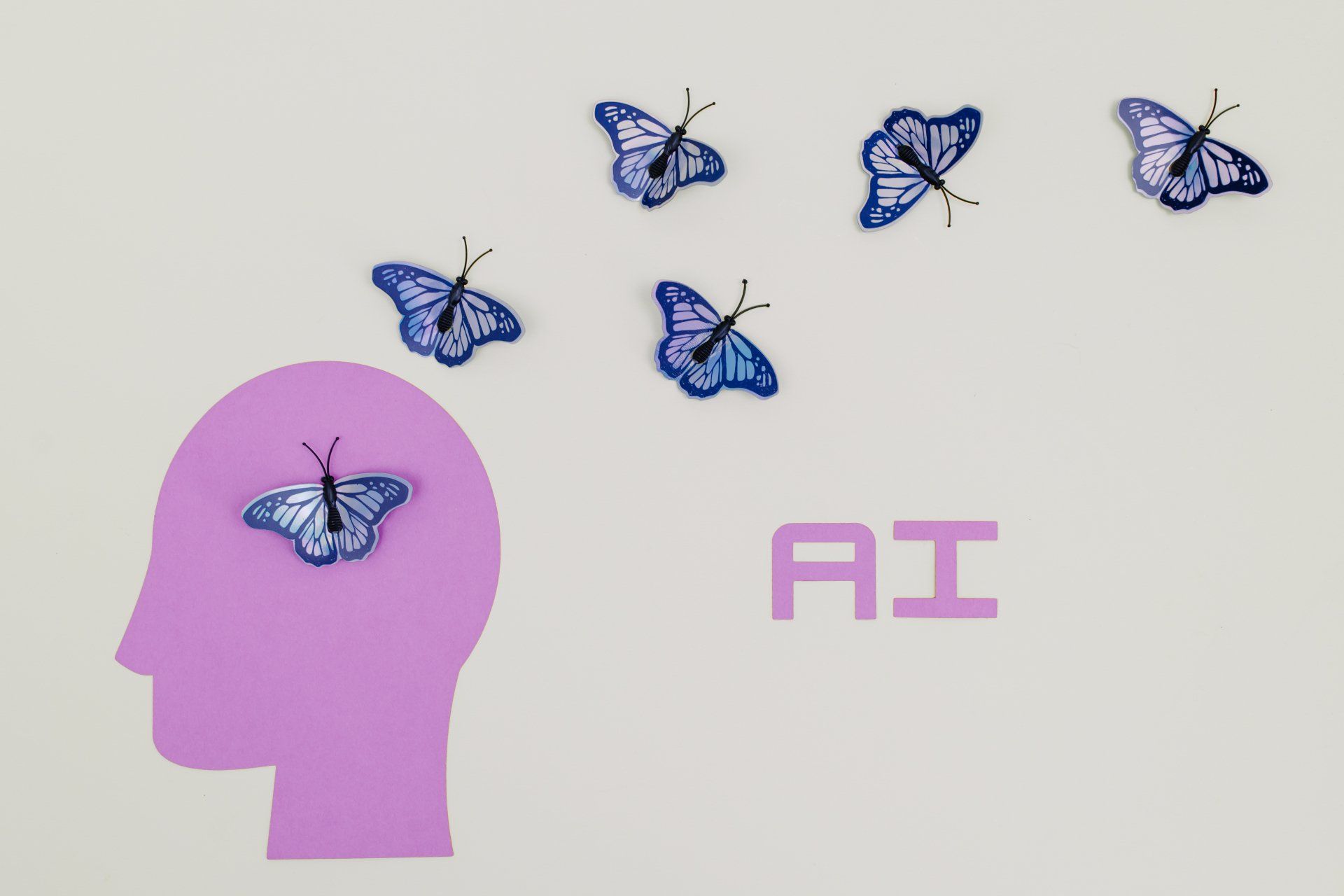Showing the Benefits of a Chatbot for Your Website
Boost Your Website's User Experience and Generate More Leads with a Chatbot: A Comprehensive Guide to Chatbot Benefits for Your Business

In today's digital age, businesses of all sizes are looking for ways to boost their online presence and reach more customers. With the rise of online shopping and the increasing use of chatbots, it's no wonder that companies are turning to chatbots to help them generate more leads and improve their customer experience. By incorporating a chatbot into your website, you can provide your customers with instant support and personalised attention, while also gathering valuable insights about their needs and preferences. In this comprehensive guide, we'll explore the benefits of chatbots for your business, and show you how to get started with building your own chatbot to optimise your website's user experience and drive more conversions.
1. What is a Chatbot
A chatbot is a computer program designed to simulate human conversation through text or voice interactions with users. Chatbots can be used to automate various tasks, including customer service queries, lead generation, and sales support. There are two types of chatbots: rule-based and AI-powered. Rule-based chatbots use predetermined rules and decision trees to respond to user queries, while AI-powered chatbots use machine learning algorithms to learn from user interactions and improve over time.
Chatbots have numerous use cases across various industries. For example, a travel company could use a chatbot to help users book flights and hotels, while an e-commerce store could use a chatbot to assist with customer service inquiries and promote sales. Popular examples of chatbots include Siri and Alexa, which use natural language processing to assist users in performing tasks. Besides improving customer service, chatbots offer many benefits such as reducing response times, training costs, and human error, all of which contribute to increased customer satisfaction and lead generation.
2. Benefits of Chatbots for Businesses
There are numerous benefits of using chatbots for businesses. One significant benefit is the ability to provide automated customer service. Chatbots can handle customer queries by providing instant support, irrespective of the time of the day. With quick and efficient responses, customers are more inclined to purchase from a company that provides reliable customer support.
Another way in which chatbots are beneficial for businesses is by increasing customer engagement. Chatbots can initiate conversations with customers, which can lead to a more interactive user experience. Additionally, chatbots can assist in lead generation by providing personalised recommendations and product suggestions to customers. This can lead to increased sales and better customer retention, ultimately leading to improved customer experience. Furthermore, by automating customer service, companies can save on costs and increase their ROI. As chatbots continue to become more advanced and sophisticated, the benefits they provide to businesses will only continue to grow.
3. Steps to Setting Up a Chatbot
Setting up a chatbot for your business is a process that requires careful planning and execution. The first step is to gain a clear understanding of your customer's needs and goals. This involves analysing their preferences, behaviour patterns, and pain points to develop a chatbot that can accurately address their concerns. By doing so, you'll be able to design a chatbot that is customised to meet the unique needs of your target audience.
Once you have a clear understanding of your customer's needs, the next step is to plan the chatbot's functions and features. This involves outlining the capabilities and limitations of the chatbot, as well as determining the types of questions it can answer and the tone of voice it should use. After planning out these details, it's time to train the bot with data and responses. This step involves uploading relevant content and teaching the chatbot how to respond to a variety of different questions and scenarios. With the chatbot properly trained, you can then implement it on the appropriate platform and devices, test its functionality and monitor its performance to ensure that it is consistently meeting your business needs.
4. Popular Chatbot Platforms
When it comes to choosing a chatbot platform for your business, there are many options available in the market. Some of the most popular platforms include Facebook Messenger, Slack, Telegram, Amazon Alexa, Google Home, Microsoft Bot Framework, and IBM Watson. Each platform comes with its set of unique features and benefits that can be highly beneficial to businesses of all sizes. For instance, Facebook Messenger has a massive user base, making it an ideal choice for businesses looking to reach a wide audience. On the other hand, Slack is ideal for teams that need to streamline communication and workflow processes.
To choose the best chatbot platform for your business, you need to consider several factors such as ease of use, cost, integration capabilities, and customer support. You should also read reviews and comparisons of different platforms to get an idea of what other businesses are saying. This will help you make an informed decision that will best meet your business needs while ensuring that you provide exceptional customer service and user experience to your customers. Remember, a chatbot is an investment in the success of your business. So, take the time to research and choose the best platform that will help you achieve your business goals.
5. Best Practices for Designing Your Bot
When it comes to designing a chatbot, there are some best practices that you should follow to ensure that your chatbot is user-friendly and effective. A crucial part of this is making sure that your chatbot has a user-friendly design that is intuitive and easy to navigate. You should also focus on natural language processing, which will allow your chatbot to understand and respond to users in a way that feels natural and conversational.
Personalisation is another key aspect of chatbot design. By making your chatbot feel more personalised to each user, you can help drive engagement and build stronger connections with your audience. In addition to these design elements, it's important to focus on user experience and interaction. This means making sure that your chatbot is easy to use, responsive, and can provide real value to your users. Incorporating voice recognition can also add another layer of usability and accessibility to your chatbot. Finally, leveraging analytics to improve your chatbot over time is a critical component of successful chatbot design. By tracking user interactions and making data-driven improvements, you can ensure that your chatbot is continuously evolving and improving to meet the needs of your audience.




